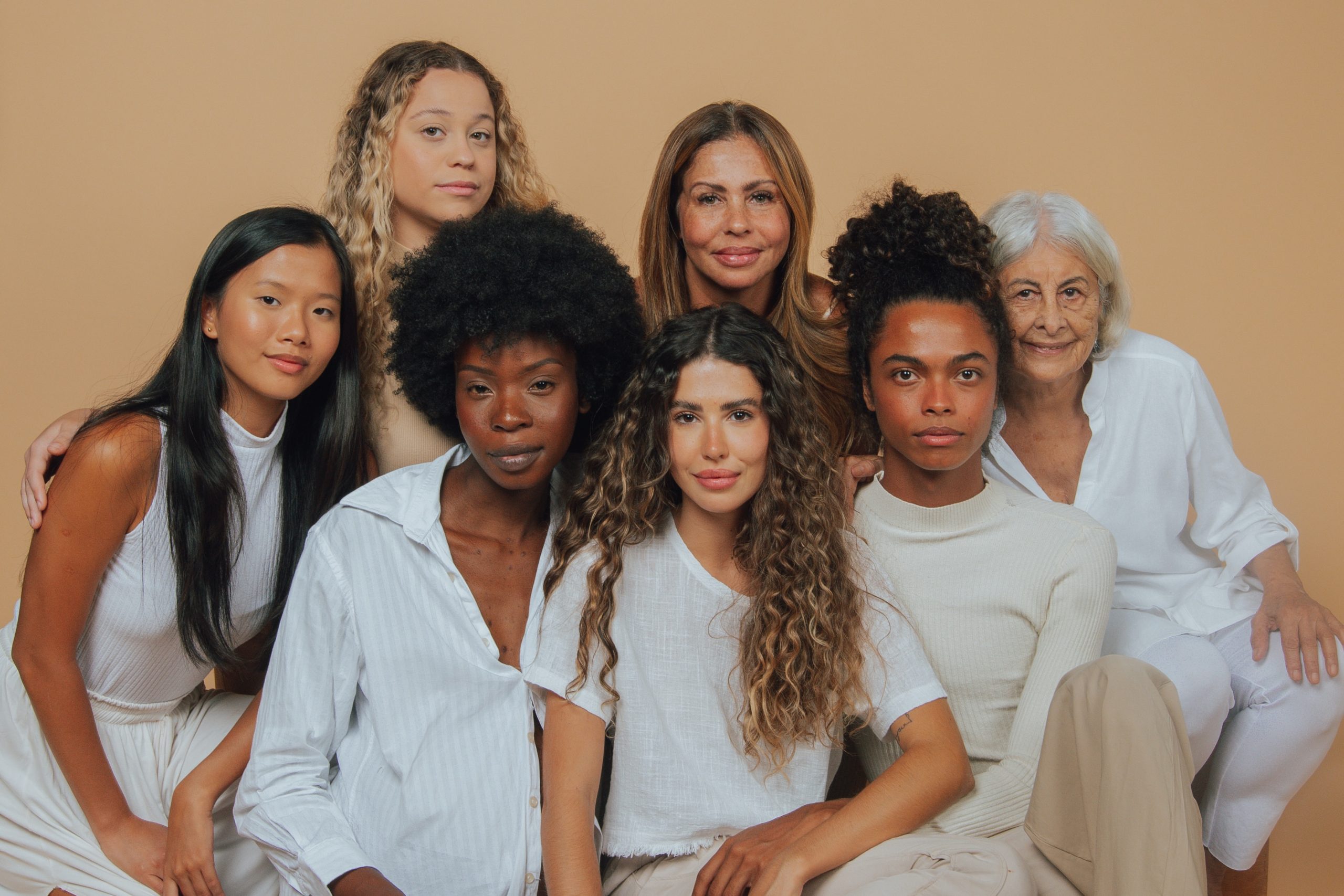The more I read, the more I acquire, the more certain I am that I know nothing
Voltaire
If you’re a student wanting to make the most of your campus life, we’re here for you!
Whether you’re taking your education to the next level in high school, college, or university, your studies are probably getting more serious than they ever have been. More exams, projects, and papers often equals newfound levels of stress that you’ve never had to deal with before.
Being a student of higher education means discovering new systems, and adapting them in a way that makes sense for you. A teacher might encourage you to learn in a certain way, and you might struggle because of it.
The truth is there’s no universal learning method for every student. As diverse and varied humans, we all have different learning styles. If you were taught a method that just doesn’t jive with your style, it’s totally ok to switch it up in a way that works for you. In fact, it will only be beneficial for your studies.
Get ready to take your education by the reins by tapping into your learning style.
How to leverage your learning style for any subject
You’ve likely heard of the different learning styles. Some of us are visual, while others are auditory or kinesthetic learners. That’s why some of us don’t do well with standardized testing but ace presentations or projects. Intelligence comes in a broad spectrum, and you should never feel bad for preferring one type of learning to others.
According to research, the most common unimodal learning preference is kinaesthetic, followed by visual, auditory, and literary.
National Library of Medicine
Unfortunately the education system won’t completely cater to your learning style yet, but there are ways you can leverage your preferred method of learning for your various subjects. Here are some tips on how to apply your preferred learning style to any subject.
Visual Learners
Visual presentations are your best friends. You process visual information, like pictures, graphs, and diagrams more easily than things you hear, touch, or read. You likely enjoy organizing your notes and materials by color, and flashcards just might be your preferred study tools. Simply listening to a lecture might prove difficult for you, so you probably enjoy visualizing the words the professor is speaking in your head.
Here’s how you can use your visual powers to make learning easier:
- Improve your focus by sitting at the front of the class.
- Use flashcards with excellent pictures to memorize new words, terms, and concepts.
- Remove any external visual distractions when you’re studying. This means no phones or TVs.
- Create a visually appealing study area that will prime your mind for learning. Keep it clean though – you’ll want to avoid distractions.
- Leverage highlighters and colorful post-it notes to make your notes and course material pop and become more visually interesting.
- Study and/or read in 25 minute intervals. After those 25 minutes have passed, give your eyes a rest by taking a break. Studies show that you lose 85% of your input after reading for 25 minutes.
- Study alone. Most visual learners tend to work best solo.
Auditory Learners
Your auditory memory is astounding. You likely remember song lyrics, film monologues, and conversations very easily. You prefer podcasts and audiobooks to physical books, and you’re an active listener both in class and in personal conversations. Spoken instructions and words are your preferred method of communication – maybe you even prefer old school calls to text messages!
Here’s how you can use your auditory strengths to make learning easier:
- Make sure you can hear the speaker well in class. This might mean moving right up front, or just away from classmates that tend to chat during class.
- Read aloud as much as possible. This can be from flashcards, textbooks, or assignment briefs.
- Record yourself spelling words or reading material so that you can relisten to your notes instead of rereading them.
- Ask your teachers if you can record their lectures.
- Leave spaces in your notes for expansion. Talk about the class with fellow students, so that you can add to your notes and make sure you haven’t missed anything.
- Use rhymes, jingles, and mnemonics to help you remember concepts, formulas, or other types of material.
- Learn from old tests and exams by reading the questions and answers aloud.
- Form a study group so that you can discuss the ideas and concepts you’re learning. Auditory learners tend to work best in groups where they can have active discussions and bounce ideas off each other. Be sure to meet in a place where you can chat freely – a library might not be the best place for you.
Literary Learners
You love reading and writing, and learn best from old school tools like textbooks and workbooks. You could happily take notes for hours, and you learn best by reading information and writing it out again in your own words. Books and articles are your favorite sources for research – you’ve never quite gotten into podcasts and videos because they just don’t capture your attention like the written word does.
Here’s how you can use your literary skills to make learning easier:
- Utilize lists
- Make your notes crystal clear with strategic titles and headings that explain each section
- Break down your notes even more with bullet points or numbered paragraphs
- Re-write your notes as many times as you need until the information sticks
- Liven up your notes with highlighters and multicolored pens
- Re-write key concepts and ideas with your own words
- Create brief conclusions or overviews for diagrams, charts, and graphs
- Reinforce your notes by placing post-it notes in visible places like mirrors, fridges, and kitchen sinks
Kinesthetic Learners
You are the definition of a hands-on learner. The phrase “practice makes perfect” is your motto, since you prefer doing activities rather than just reading or hearing about them. You learn best by experimenting or working with your hands. You’re a tactile learner that easily remembers the way things are done, but you might struggle to remember the things you heard or saw during the process.
Here’s how you can tap into your kinesthetic strengths to learn better:
- Trace words or diagrams out on paper.
- Invest in textured paper and different kinds of pens.
- Use role playing to study – the more props you can find, the better.
- Move your body to help memorize materials. This could mean pacing, mouthing words, snapping your fingers, or tapping your foot.
- Try to incorporate touching, building, or moving things into your studies.
- Draw out concepts when possible.
- Use a non-distracting object that will help you sit still while you’re in class, like chewing gum or a fidget spinner.
- Go on as many field trips as you can. If your school doesn’t offer field trips, take matters into your own hands by visiting museums or historical sites in your spare time.
- Do as much as possible! If there is an active way to learn something instead of just reading or hearing about it, do it.
Remember that no learning style is better than the other. They’re just different.
You may have grown up feeling bad or inadequate if your teachers catered their lessons to other learning styles, but remember that they’re just following the curriculum they were taught. Your individual learning style is what makes you, well, uniquely you. It helps you see and interpret the world in a different perspective, and that’s a skill that will ultimately help you in team situations throughout your entire life.
So don’t feel bad, embrace your brain’s preferences and tailor your studies to your needs!






















0 Comments for “Reshape The System: Leverage Your Learning Style For Any Subject”